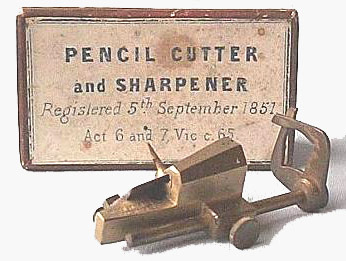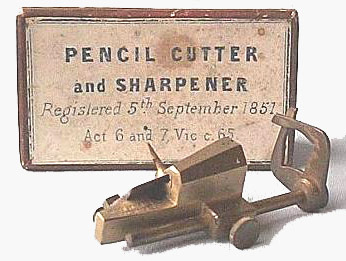Today is Bastille Day, a holiday that commemorates an important event in the French Revolution. On that note, here are some inventions you may not have known originally came from France.
The Pencil Sharpener
A French mathematician named Bernard Lassimonne went through so many pencils that they got dull too fast, and he hated having to sharpen them with a knife. So, in 1828, he filed a French patent for the first ever pencil sharpener. It was a crude design, however, and was much improved upon in 1847 by another French inventor, Thierry des Estivaux. Its his pencil sharpener that’s been the standard ever since.
The Camera Phone
In 1997, still relatively early in the cell phone revolution, the most popular cell phone on the market at the time was the Motorola Startac. It pretty much made phone calls, and that was it. But French software entrepreneur Philippe Kahn had a baby on the way, and he lamented how he wouldn’t have a way to instantly send photos of his newborn—he’s have to take a photo, get it printed out, and then attach it as an email or send it in the mail. Kahn wanted to create “a 21st century version of a Polaroid picture.” So, he bought an early digital camera—a Casio QV-10, and inserted the camera-taking gadgetry into the guts of his Startac. On June 11, 1997, Kahn sent a picture of his new baby, Sophie, to friends’ emails…with his phone. (By the way, the French word for “selfies”? It’s le selfie.)
Mayonnaise
According to legend, that goop you put on your sandwich was supposedly invented to celebrate a French military victory in 1756. The Duke de Richelieu led French forces to capture Port Mahon on the Spanish island of Minorca. The Duke’s private and very discerning chef put together a victory feast for the Duke and his associates, but couldn’t find enough cream for the dish he wanted to make, so he made a cream-like emulsion out of oil and eggs. Since they were in Port Mahon, he named it mahonnaise. Other food historians suggest that the condiment may have originated in the French city of Bayonne, where it was known as bayonnaise.









